The diverse array of state flowers across the United States serves as much more than mere symbols of state pride and identity. These botanical emblems play a crucial role in supporting local ecosystems and wildlife, contributing to biodiversity and ecological balance.
California Poppy (California):
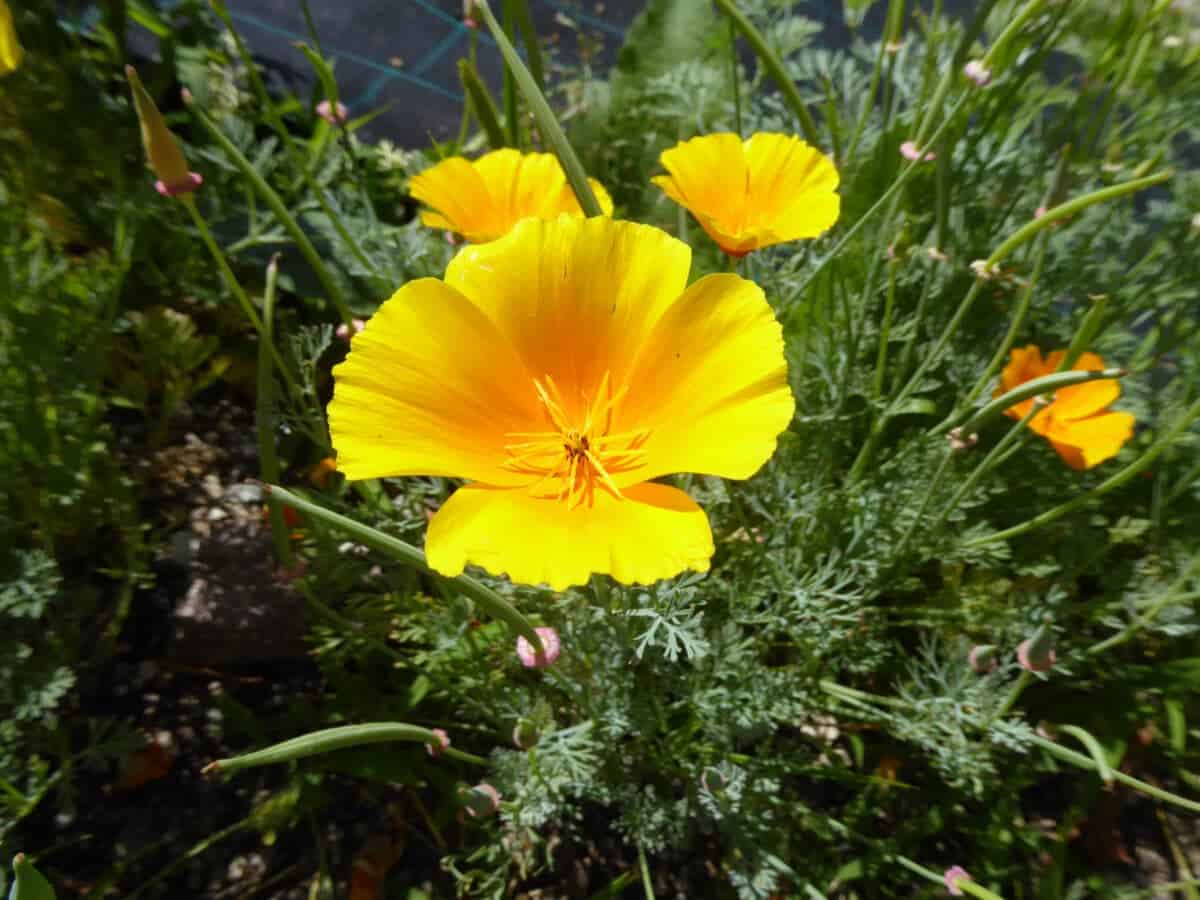
Adopted in 1903, the California Poppy is renowned for its vibrant golden hue. This flower blankets hillsides and valleys, symbolizing the sunny climate and natural beauty of California. Its resilience in dry conditions reflects the state’s diverse landscapes, from coastal areas to deserts.
Bluebonnet (Texas):
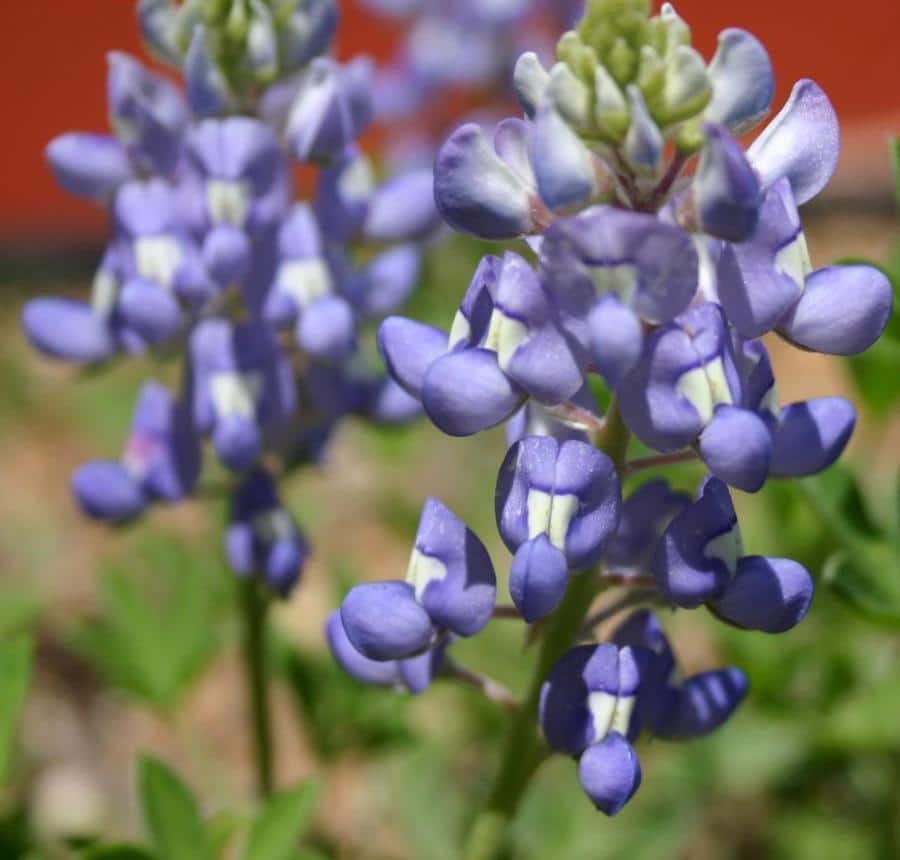
Texas chose the Bluebonnet as its state flower in 1901. Known for its stunning blue color, this flower creates breathtaking views when it blankets fields and roadsides in the spring. The Bluebonnet is emblematic of the state’s natural beauty and is a beloved symbol of Texas pride.
Cherokee Rose (Georgia):
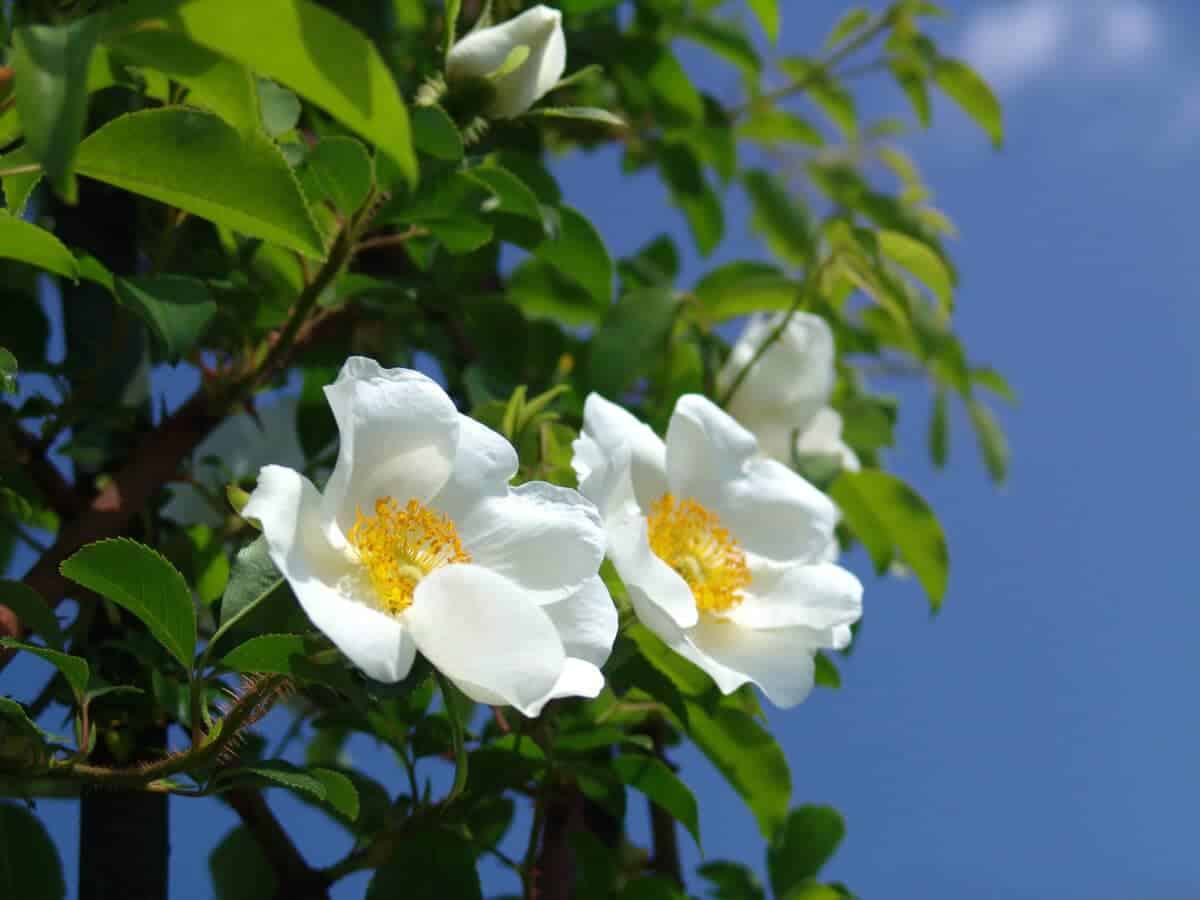
The Cherokee Rose, designated in 1916, is not native to Georgia but has become an integral part of the state’s flora. Its white petals and golden center symbolize purity and resilience, resonating with the state’s history and the story of the Cherokee people.
Saguaro Cactus Blossom (Arizona):

Arizona’s choice in 1931, the Saguaro Cactus Blossom, represents the state’s unique desert environment. This flower, blooming on the giant saguaro cactus, is a symbol of survival and resilience in harsh conditions, mirroring the spirit of Arizona’s landscapes.
Magnolia (Mississippi and Louisiana):
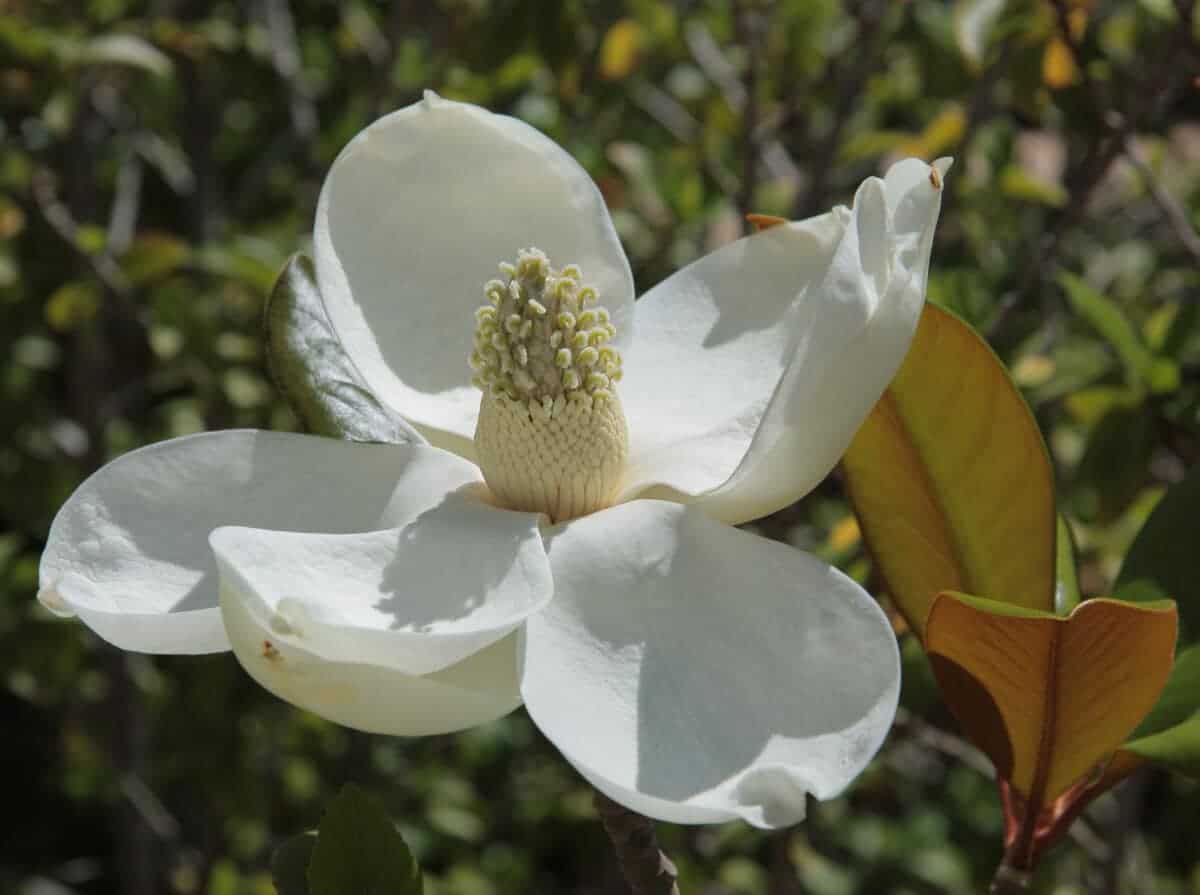
Both Mississippi (1952) and Louisiana (1900) honor the Magnolia as their state flower. Known for its large, fragrant white blossoms, the Magnolia is a symbol of the South’s elegance and grandeur. Its presence in these states reflects the deep-rooted cultural and natural heritage.
Sunflower (Kansas):

Kansas adopted the Sunflower in 1903, a fitting symbol for the state known as the “Sunflower State.” The flower represents the state’s agricultural strength and the beauty of its prairies, mirroring the sunny, open fields that are a characteristic feature of Kansas.
Mountain Laurel (Connecticut and Pennsylvania):
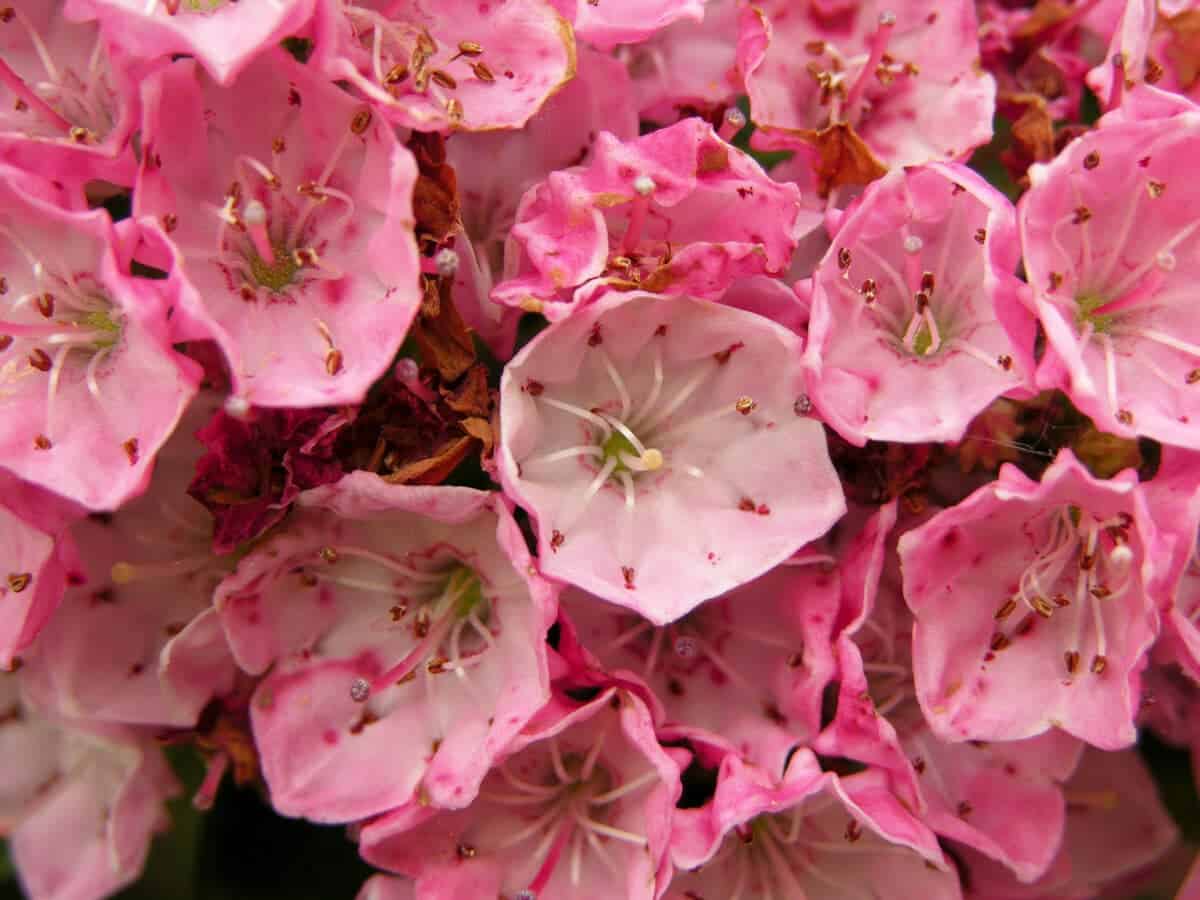
Chosen by Connecticut in 1907 and Pennsylvania in 1933, the Mountain Laurel is known for its stunning spring blooms. This flower symbolizes both states’ rich forest landscapes and is celebrated for its delicate, star-shaped flowers.
Iris (Tennessee):

Tennessee’s state flower, the Iris, was adopted in 1933. Known for its diverse colors and elegant form, the Iris reflects the state’s artistic and natural beauty. It’s a symbol of Tennessee’s rich cultural heritage and the vibrancy of its landscapes.
Apple Blossom (Michigan and Arkansas):
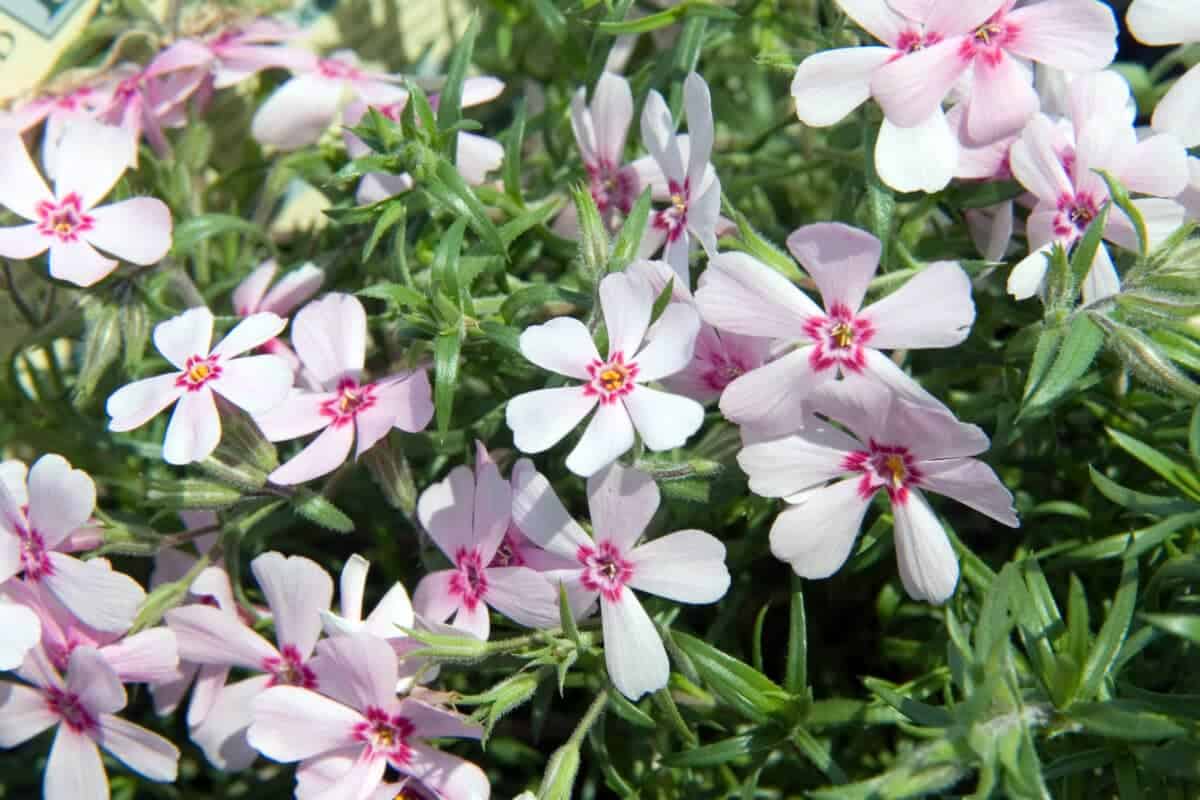
Michigan (1897) and Arkansas (1901) both chose the Apple Blossom, recognizing their significant apple production. This flower symbolizes renewal and the states’ agricultural heritage, as well as the beauty of their spring landscapes.
Forget-me-not (Alaska):
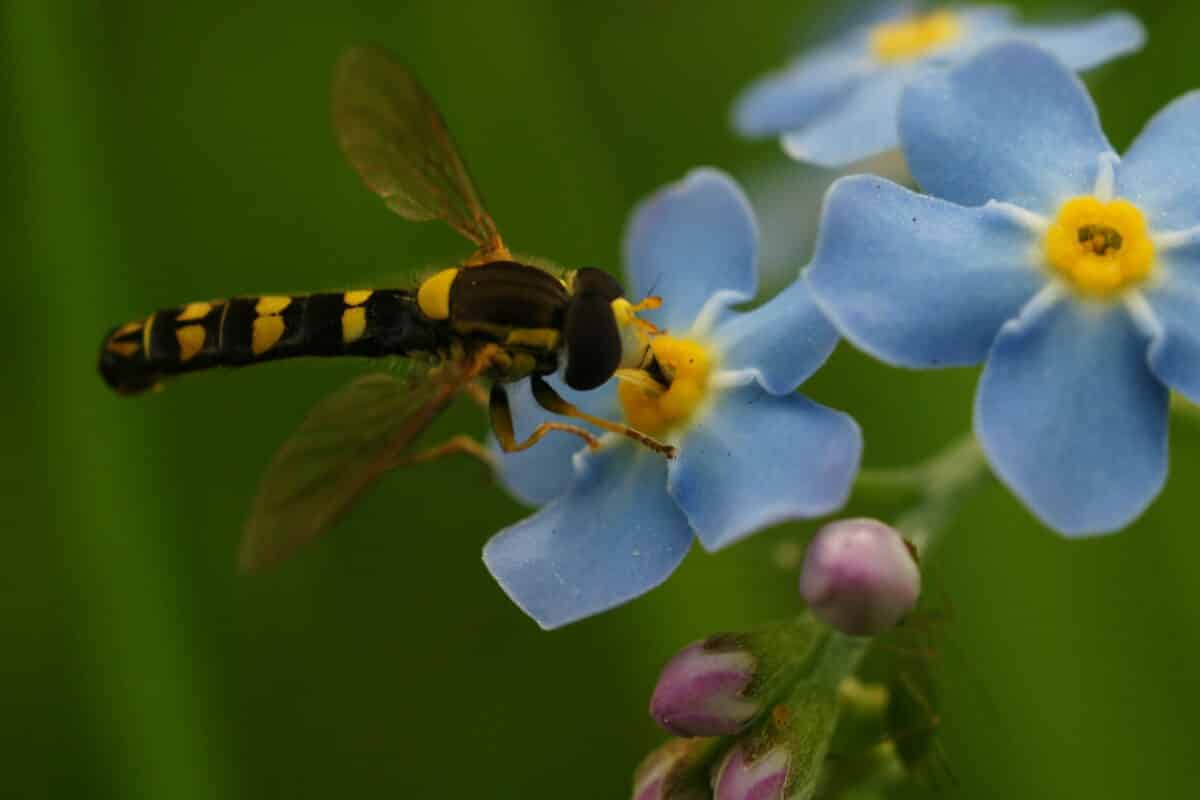
Adopted in 1917, Alaska’s state flower, the Forget-me-not, thrives in the state’s rugged, wild landscapes. Its delicate blue flowers and enduring nature are symbolic of Alaska’s majestic and enduring beauty, reflecting the state’s vast wilderness and natural splendor.
Each of these state flowers not only represents the unique ecological and cultural characteristics of their respective states but also contributes to the rich tapestry of the United States’ botanical and historical legacy.
Up next:
Watch GoPro’s Top 10 Animal Encounters
Top 10 Best Wildlife Sanctuaries to Visit in the US
Top 10 Best Spots for Whale Watching in the US
Join our Forum for free today!

- The Kleptomaniac Cat That Rules Houston - July 20, 2024
- Elephant Makes a Lifelong Friend at Sanctuary in Tennessee - July 14, 2024
- Evidence For World’s Oldest Fossilized Forest Discovered in New York - July 11, 2024

